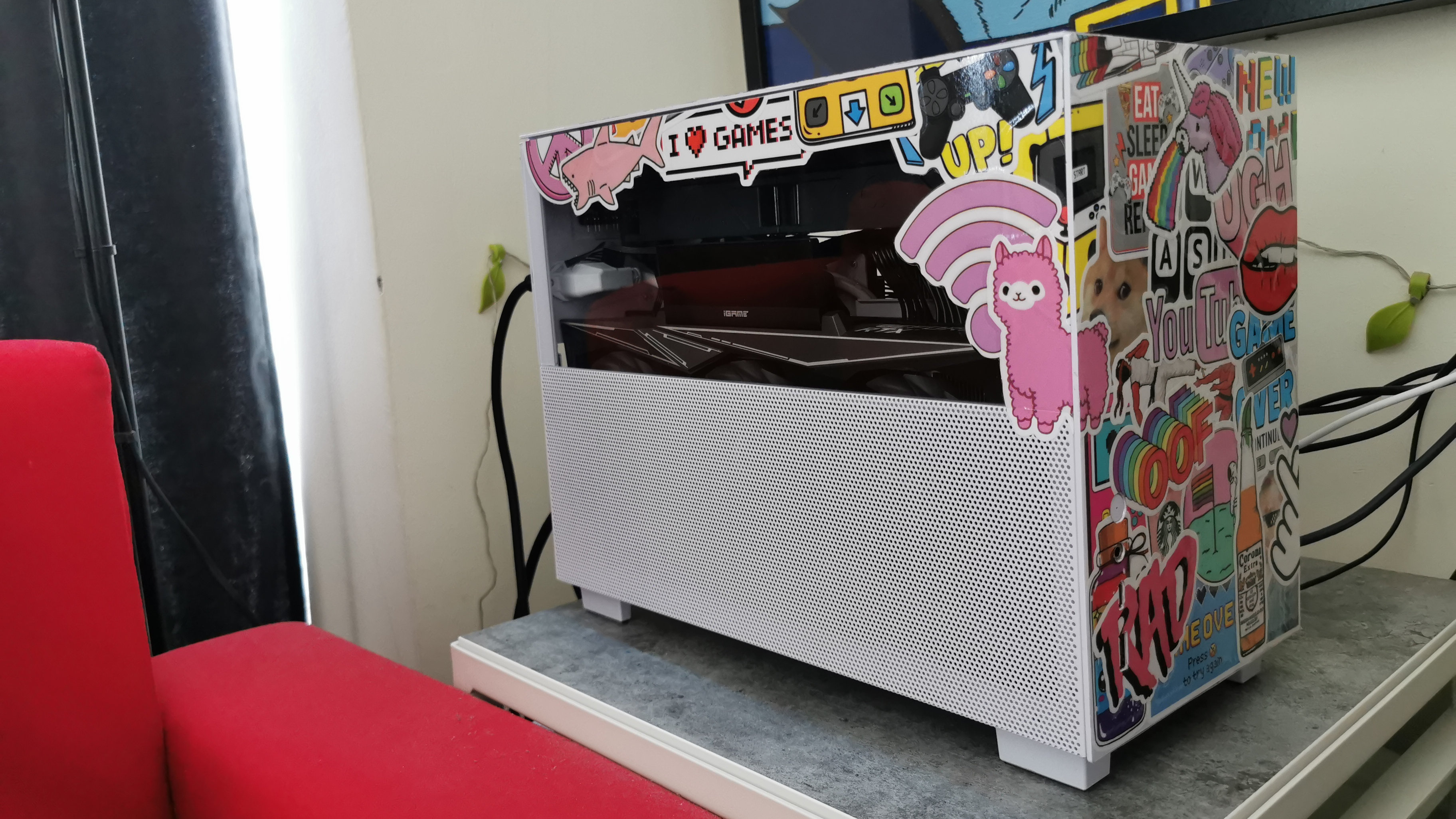
Building your own PC can be a really worthwhile task, especially since you can customize nearly every single aspect of it. Gaming PCs are no exception, and there’s a ton of great things you can assemble in your dream build – from the best motherboards to the latest graphics cards.
While some gamers may prefer a traditional tower PC build that can accommodate future components and changes, small form factor builds can also be made into fairly powerful gaming PCs, despite their small size. Of course, there are certain liberties that have to be made when choosing your components, but if you keep all of this in mind, you can come up with a great gaming PC that is a fraction of the size of a normal PC build.
What is a small form factor PC?
A small form factor PC (or SFF for short) is as the name suggests, a PC that is much smaller than your typical PC. SFF PCs have been in the market for years, and are often used for things like media center PCs, thin clients, or any scenario where space is limited but you still want a full-fledged working PC. SFF builds have their own advantages and disadvantages, and it’s important that you keep these in mind before embarking on your own build.
Firstly, SFF PCs are quite compact, and are good for when you don’t want to take up too much space with a beefy PC. Some SFF cases are as big as a modern games console, and can easily be tucked away near your TV or placed on your desk with very little effort. They are also much more portable than their larger PC siblings, so if you need to relocate your PC quickly you can just unplug your external cables and shift your PC to its new home.
On the flip side, because of the small build space, you have to be careful of the components you’re choosing. Certain SFF cases will only allow certain GPU sizes or CPU coolers, so it’s important that you research properly which components will fit in your case. Another important thing to keep in mind is cooling – the smaller space usually means you can slot in fewer fans, so expect slightly higher than normal temperatures when using your SFF PC.
These points aside, it’s an exciting trip to build your own SFF PC, so we’ve gathered our favorite components together to build our very own SFF gaming PC. We wanted to put together a PC that was not only compact, but also had some great hardware in it, capable of handling any game we wanted to play.
Here's what went into our SFF Gaming PC build:
Get daily insight, inspiration and deals in your inbox
Sign up for breaking news, reviews, opinion, top tech deals, and more.
SFF Case – Lian Li Q58
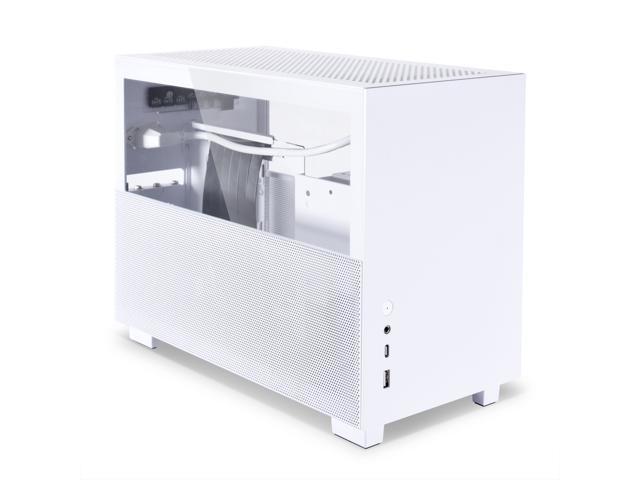
The first thing to settle on is your SFF case, and here we’re using Lian Li’s newly launched Q58 PC case. This case is great because it’s super compact yet allows space for some pretty forgiving components, such as larger GPUs and a 240mm AIO CPU cooler. It has glass and mesh panels on both sides that can be swapped around for an all-glass or all-mesh look on one side, and also includes a very handy RGB and fan power hub which makes it much easier to connect all of your fans and other components in one place.
CPU – Intel i5 11600K
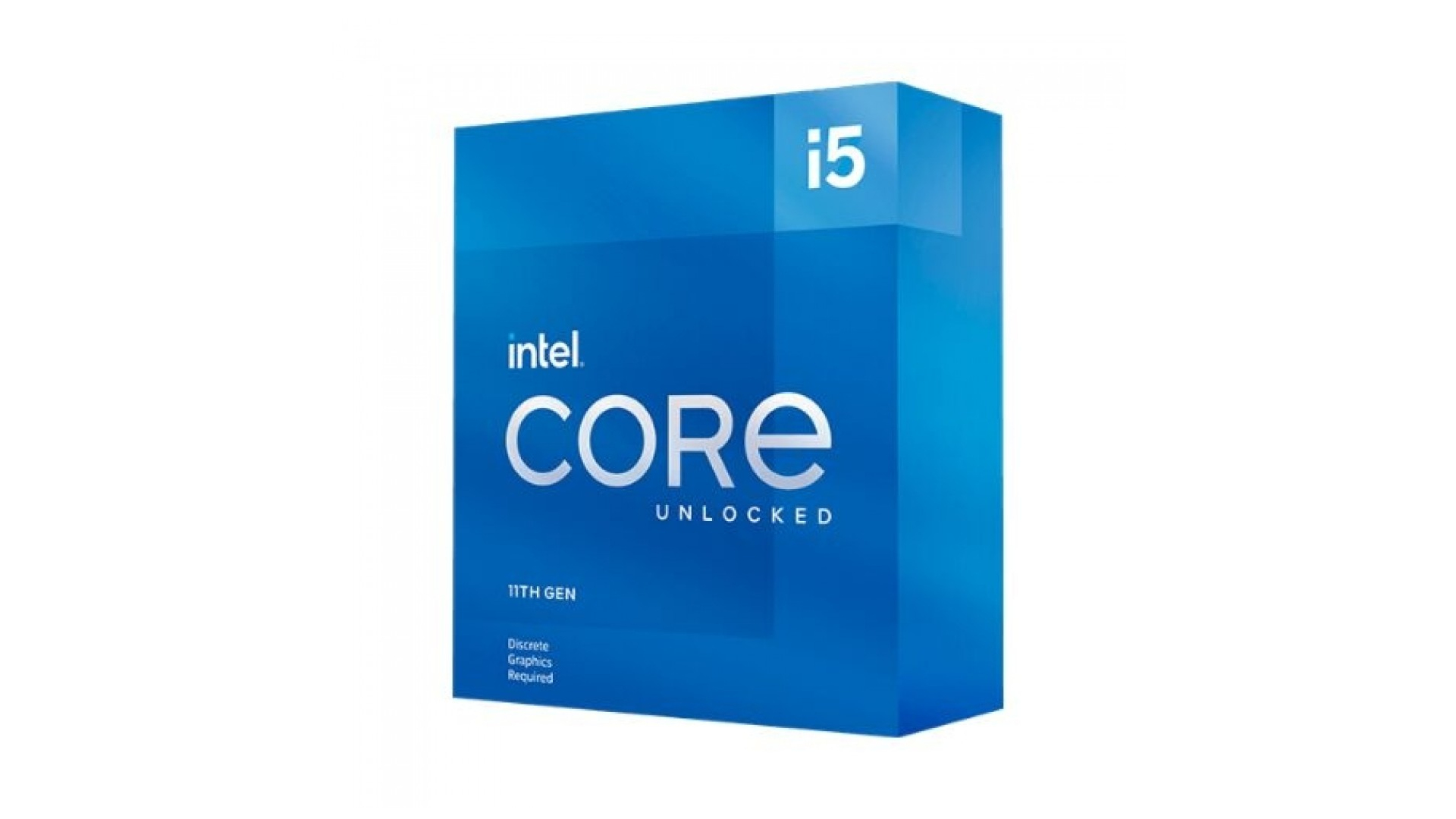
While Intel’s 12th Gen processors are already in the market, we’re still fans of the performance available in the Intel i5 11600K. It’s got great overclocking potential should you wish to tap into it further down the line, and can handle a variety of tasks – from powering your games to making sure video editing is a breeze.
Motherboard – Gigabyte Z590I Vision D
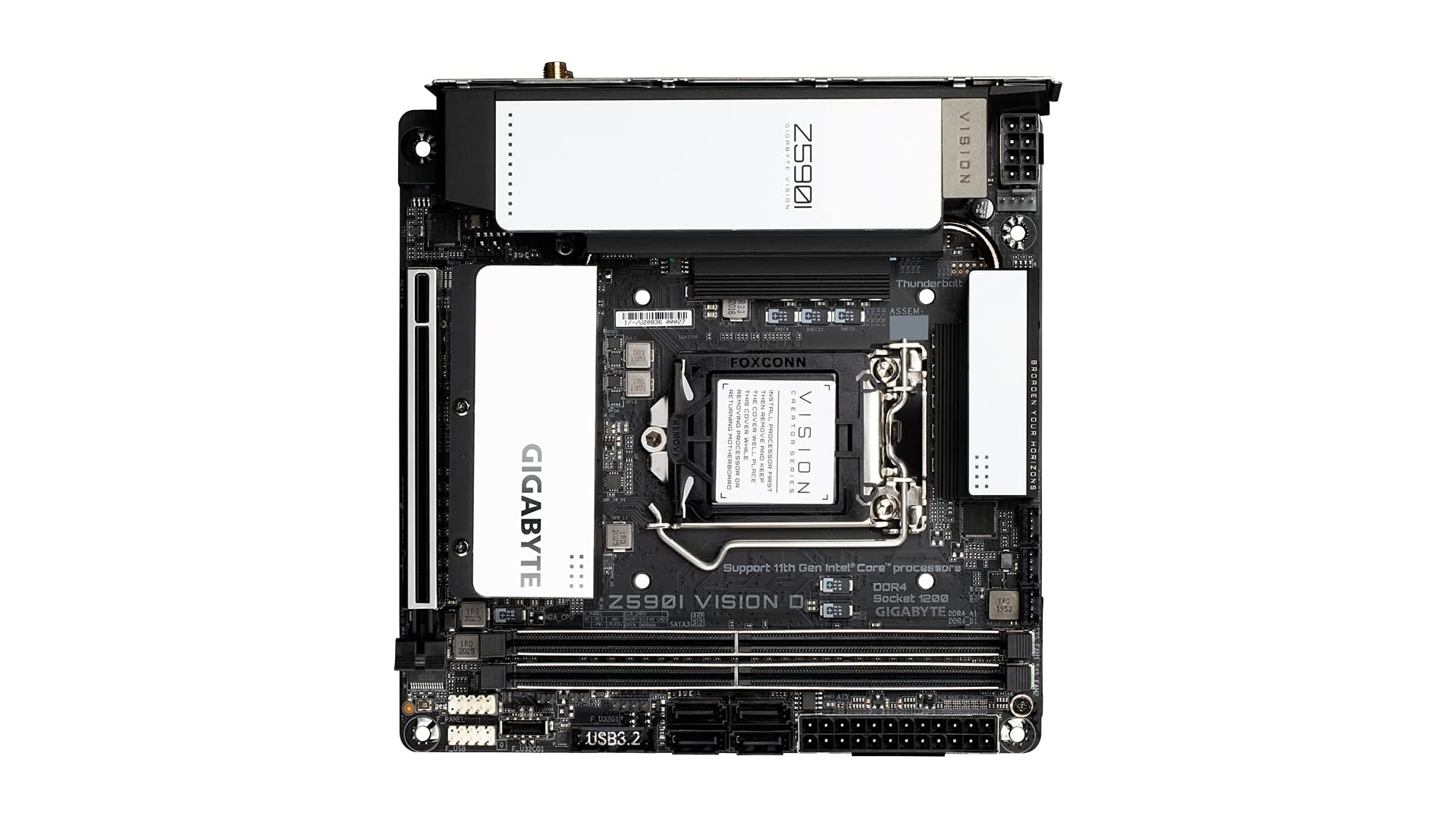
Since our PC case is white, we figured we’d also go with a white motherboard, and the Gigabyte Z590I Vision D is a prefect fit. It’s got great connectivity for storage, offers support for 10th and 11th Gen processors, and offers a good amount of connectivity with USB Type-A and Type-C ports and built-in Wi-Fi.
RAM - G.Skill Trident Z Royal Elite 3600 CL16-19-19 (16GBx2)
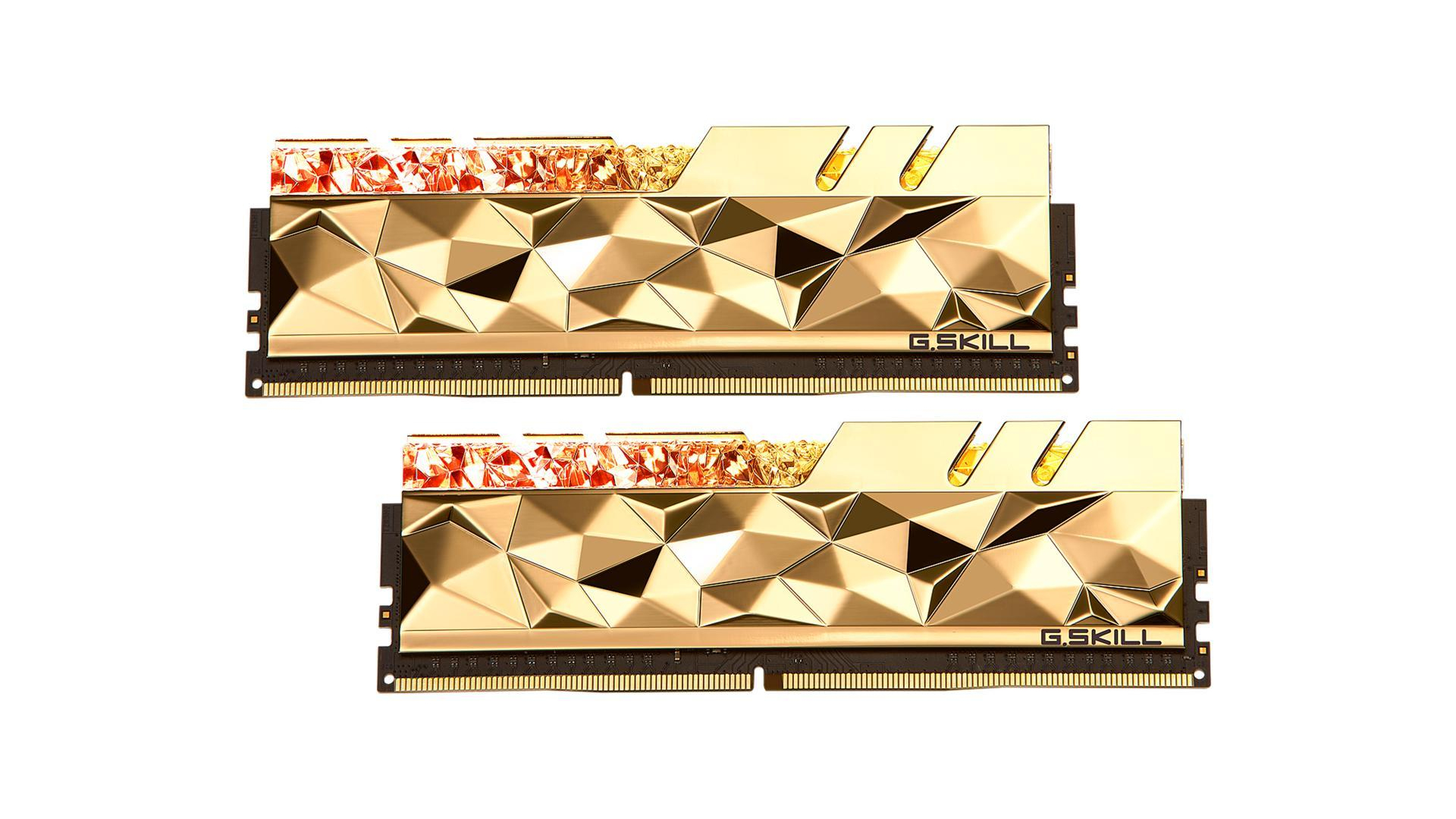
We’re huge fans of G.Skill’s RAM not just for its performance, but also for its fantastic designs. This particular module boasts some excellent overclocking performance, and complete RGB control as well. XMP 2.0 support also means it will work well with our Intel processor to always keep things running smooth as possible.
Storage – WD_Black SN850 + SN750SE
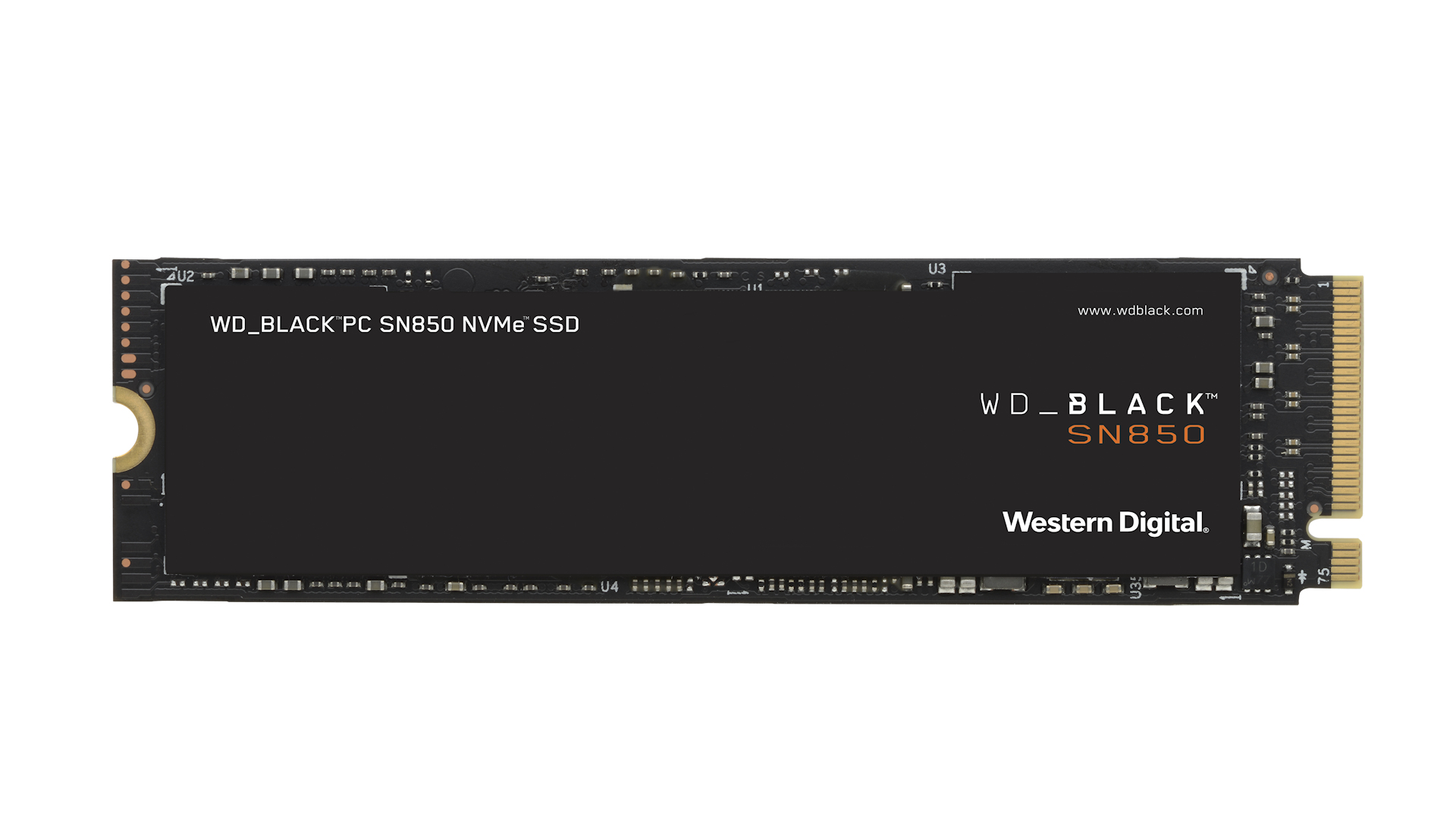
The WD_Black series of drives are a great pick here because of their performance when it comes to gaming. For the OS drive we’re using the SN850 in an M.2 PCIe 4.0 slot for the fastest boot times and overall performance. The secondary SN750SE drive is going to be used purely for game storage, ensuring that our primary OS drive doesn’t fill up too quickly with programs and files.
CPU cooler – EK-AIO 240 D-RGB
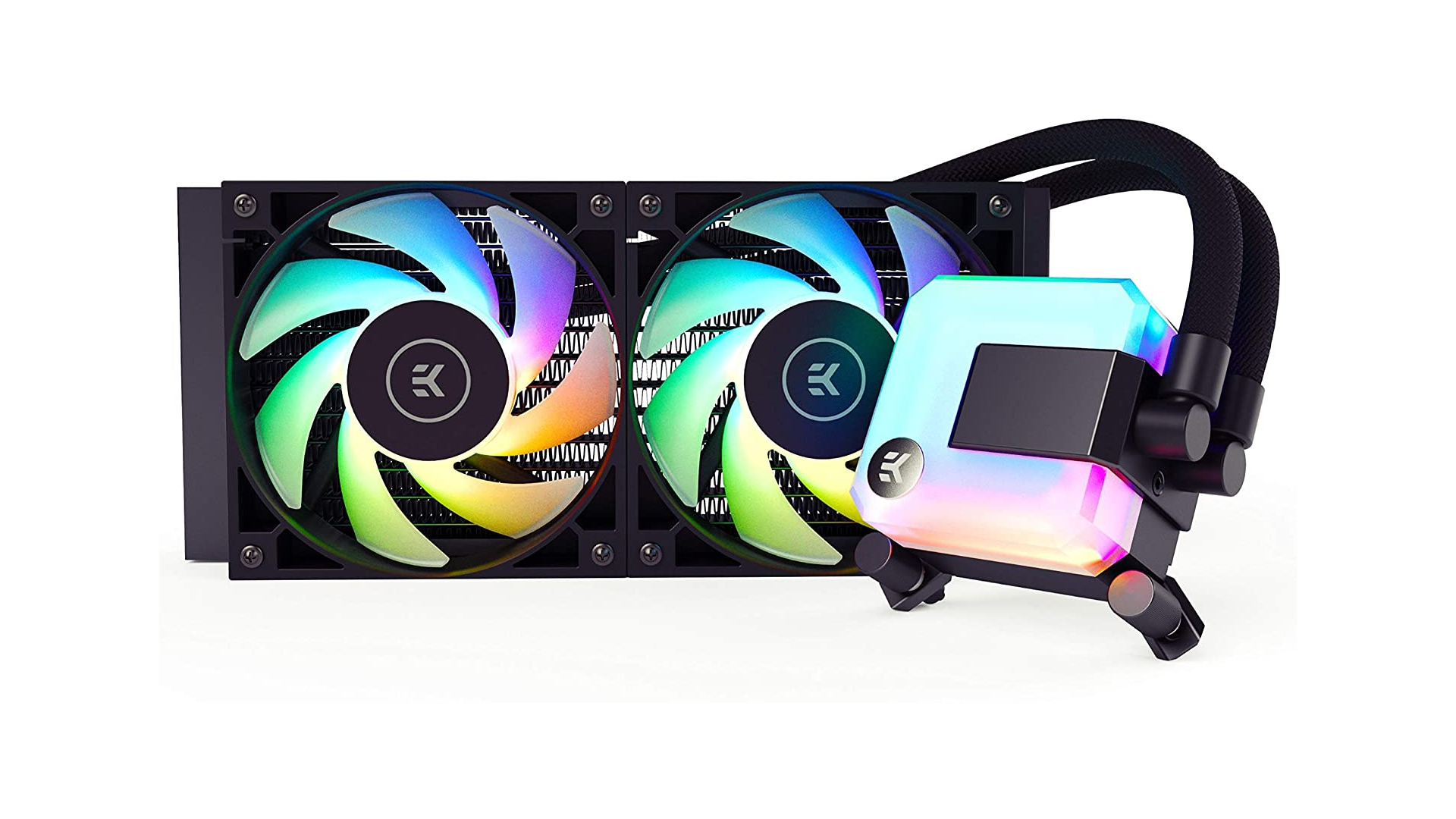
This particular AIO cooler is a perfect fit in the top of our case, and will help to keep our CPU cool under heavy loads. It’s also able to sync with the RGB options on the motherboard, making it easy to control for the best visuals. When picking a CPU cooler for a SFF case you’ll have to make sure that it will fit comfortably without any bends in the pipes, or this will greatly affect the efficiency of your setup.
GPU – Colorful iGame GeForce RTX 3070 Ti Vulcan OC 8G-V
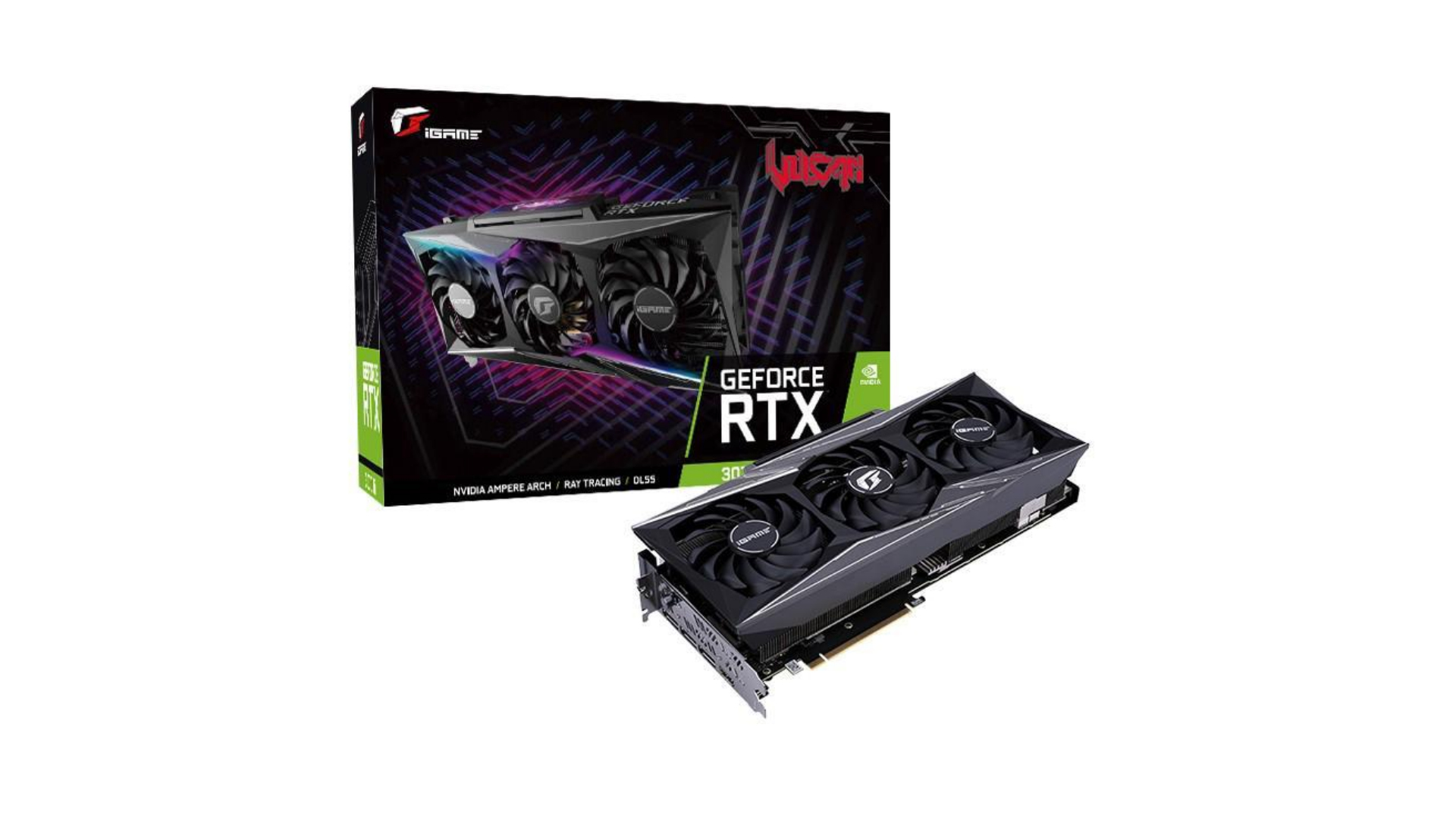
While this GPU is certainly a beast of a card, it just about makes the necessary clearance of our case. The PCIe 4.0 riser cable included in the case means that we’ll get to vertically mount this GPU and slip its screen upwards to check on GPU and CPU temperatures at any time. This card can easily handle any game you throw at it, with smooth 1080p and 1440p framerates every time. Again, make sure the GPU you’re selecting strictly adheres to the size restrictions of your case.
PSU – FSP SFX Dagger Pro 850W
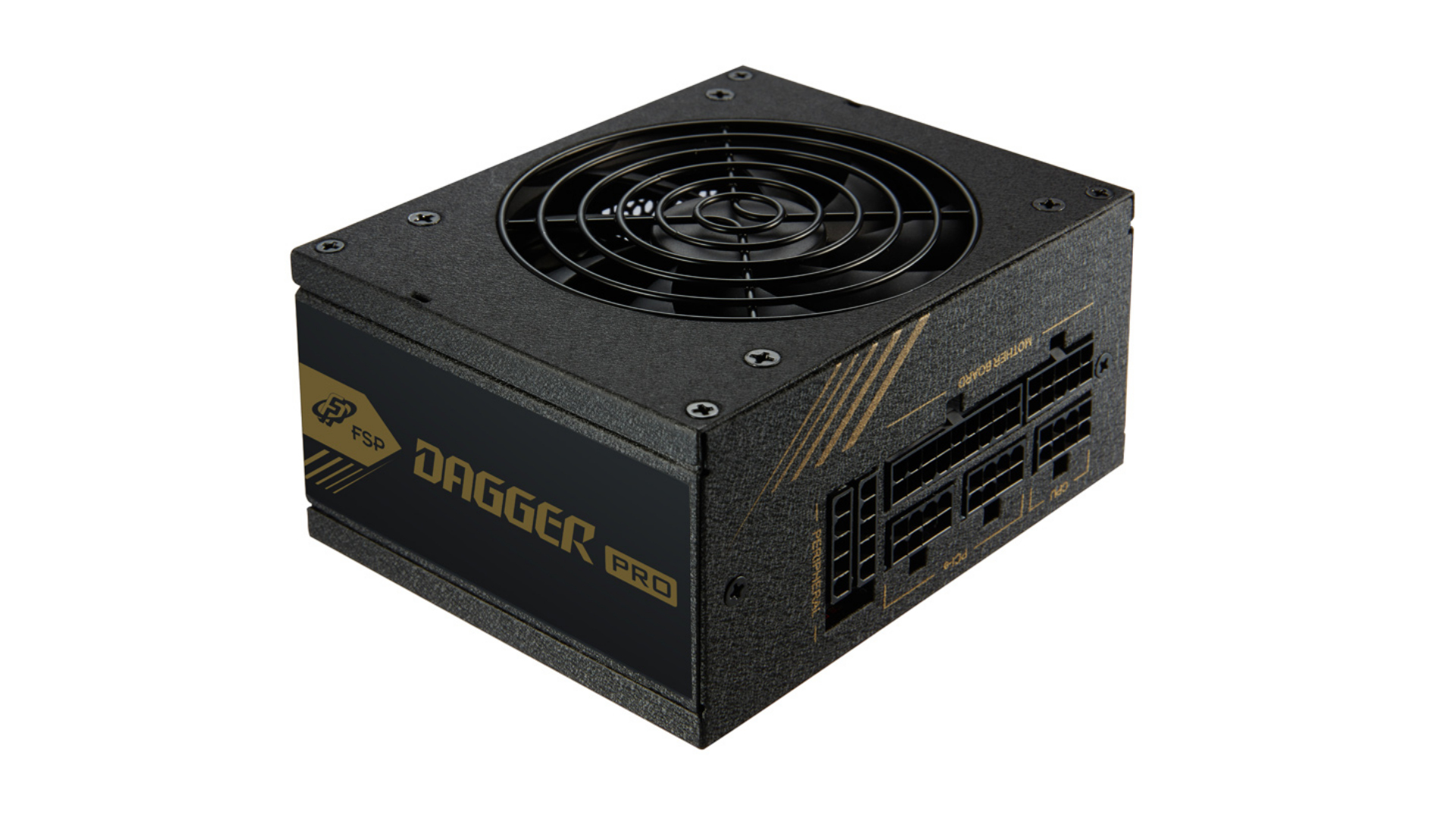
For a SFF build you’re going to need a small yet powerful PSU to power everything. We’ve chosen the FSP SFX Dagger Pro 850W PSU for our build for several reasons. Firstly, it’s incredibly tiny, and can fit into our PC case without any compromises. It’s also fully modular, so we only have to connect the cables that we’re actually going to use. Lastly, it’s quiet, features reliable Japanese electrolytic capacitors, and has 80 Plus Gold Certification for exceptional reliability and performance in your SFF build.
Putting it altogether
When putting together a SFF PC build, you need to keep in mind that you have even less space to manoeuvre things around. It’s important that you try to get your AIO radiator and fans in first, and then double check that the CPU block will align properly with your motherboard. Once you’ve got this out of the way, you can then slip the AIO out again and insert the motherboard and PSU (don’t forget the connections) with your CPU, RAM, and storage already plugged in. You can then safely screw on your CPU block and make sure that the AIO pipes aren’t bent at any tight angles that would put pressure on them.
At this point it’s worth doing a boot to see if everything powers on and you get to the BIOS. Of course, you can check all of this outside of the case as well, but sometimes a build can work outside of the case and then go dead once you’ve installed everything inside. If you’re able to get into the BIOS, then the largest hurdle is over. If you just get a black screen, check the error LEDs on your motherboard (refer to the manual which will tell you where these LEDs are), reseat your RAM or try with just one stick, and make sure all of your connections for power and monitor are secure.
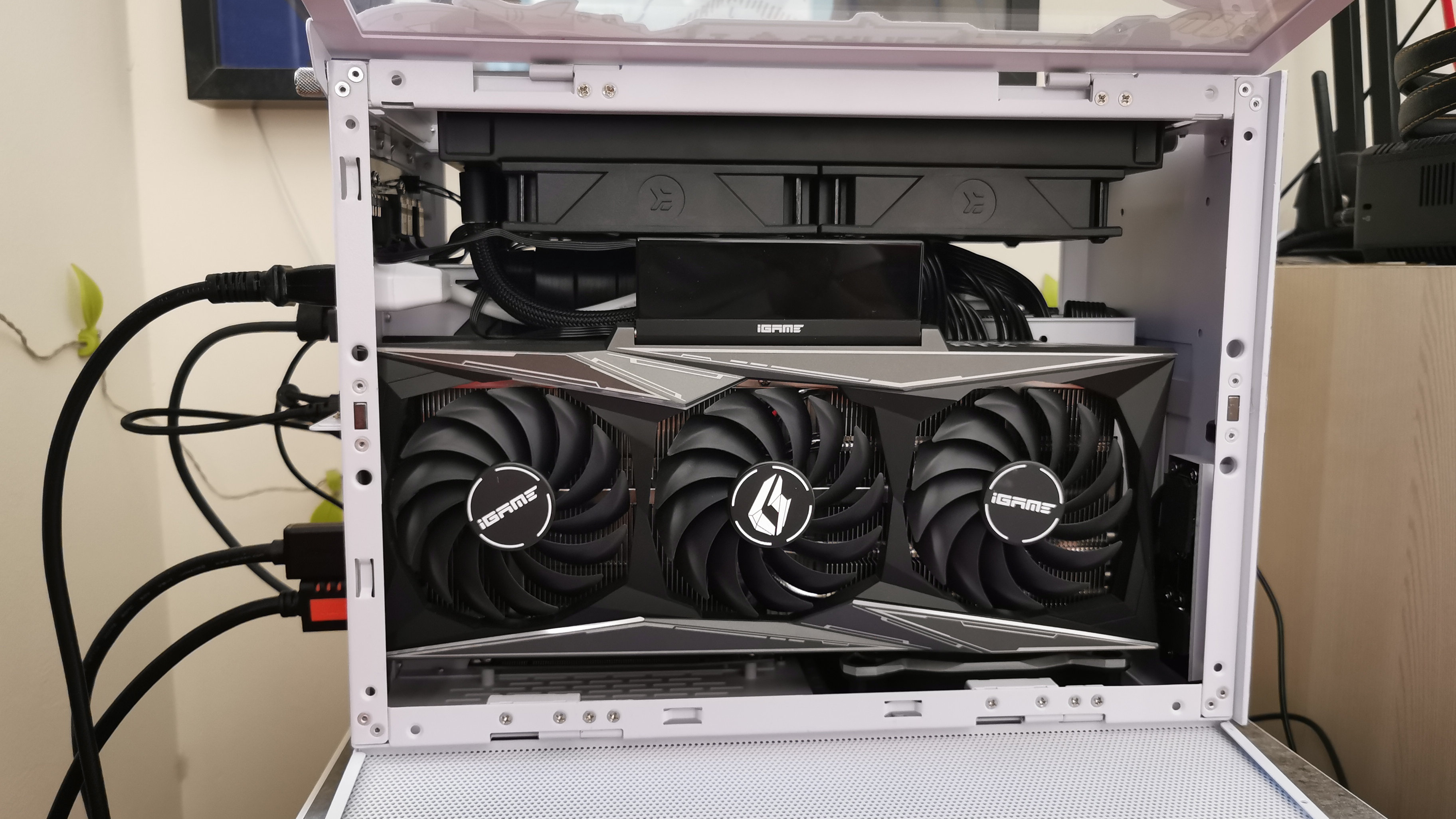
Once you’ve shut down your PC after a successful boot, you can finally install your GPU and start to tidy your cables up a bit. Mounting a GPU vertically can get a little tricky, especially with a riser cable, so take your time and go slow. Next, connect your monitor cables to your GPU and boot up again. If all is well and you’re able to get into the BIOS or Windows setup, then you can start to put the case back on and any last-minute cable ties and screws.
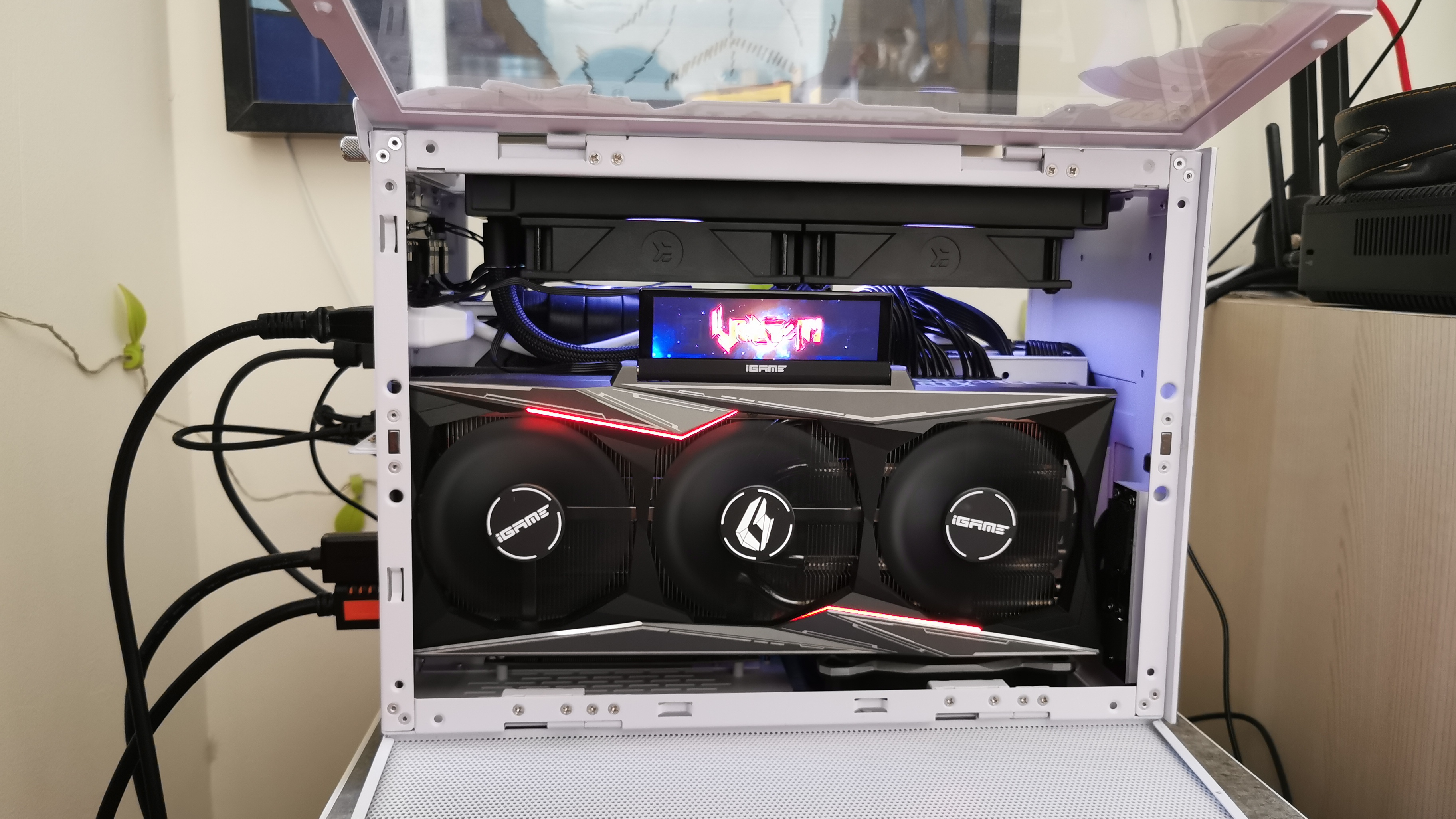
After you’ve installed Windows, installed your games, and updated everything, it’s time to finally sit back and enjoy your new SFF gaming PC. It’s crazy how something so small can still be so powerful, but it’s certainly a great sight to see. Make sure you run a number of games or benchmarks and keep an eye on your temperatures – if things seem to be a little extra toasty (we’re talking 50C and above when idle), then you might have to rethink your airflow setup or double-check that your AIO is working properly. Ideally you’re looking at CPU temperatures of 40C or lower on idle for a SFF build, and up to 65C when gaming.
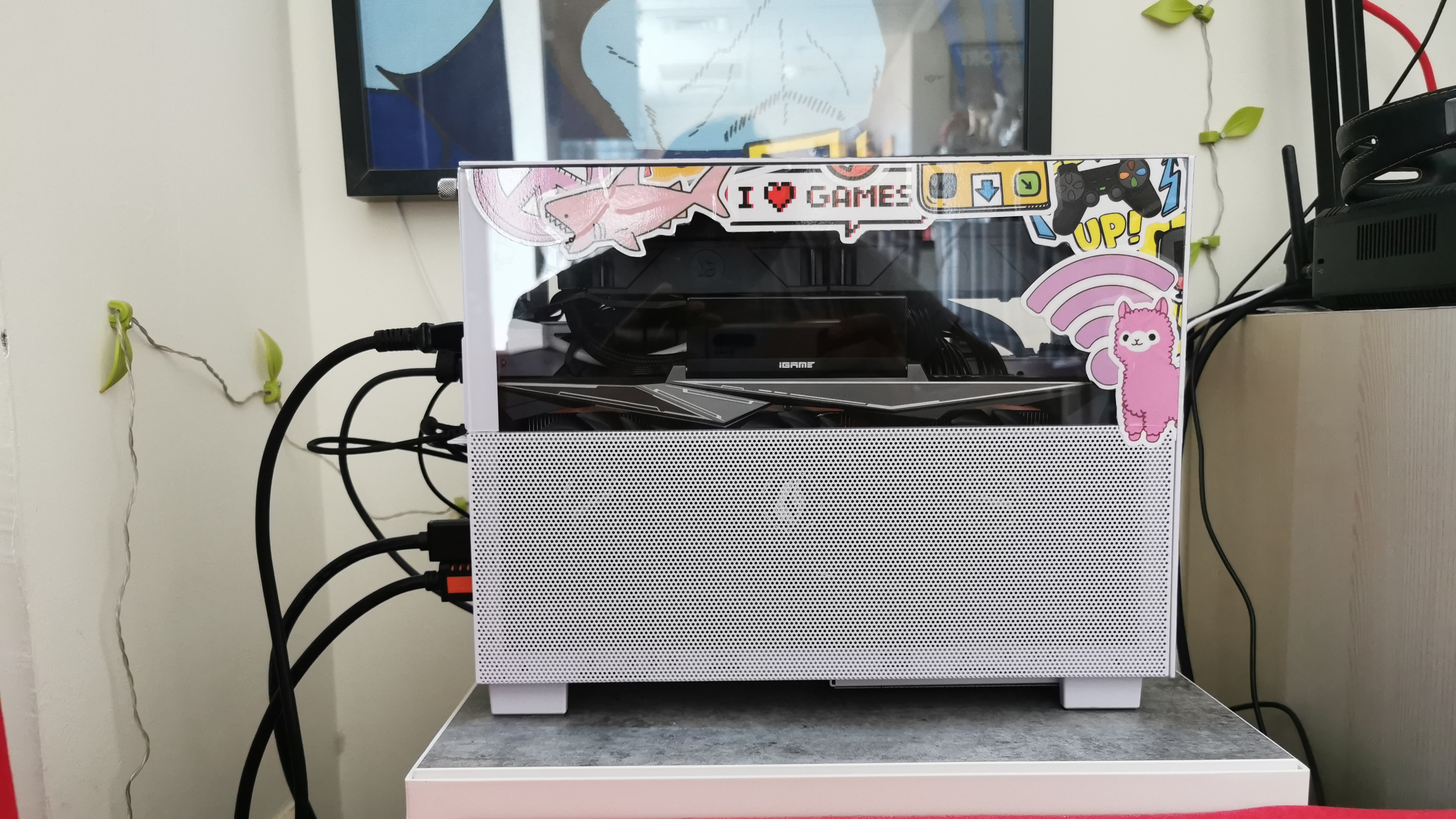
Once everything is set up to your liking, you can then show off your brand new SFF build right on your desk, thanks to its small footprint. Spice up your RGB lighting, slap some stickers on your case (like we did) and just stand back to admire your handywork. A SFF gaming PC is definitely something to look into as a compact (and even portable) gaming solution that can be hidden away easily or take pride of place on your desk.
A former IT & Marketing Manager turned full time Editor, Nick enjoys reviewing PC components, 3D Printers, projectors, and anything shiny and expensive. He can also be found baking up a storm in the kitchen, which we are more than happy to encourage.
